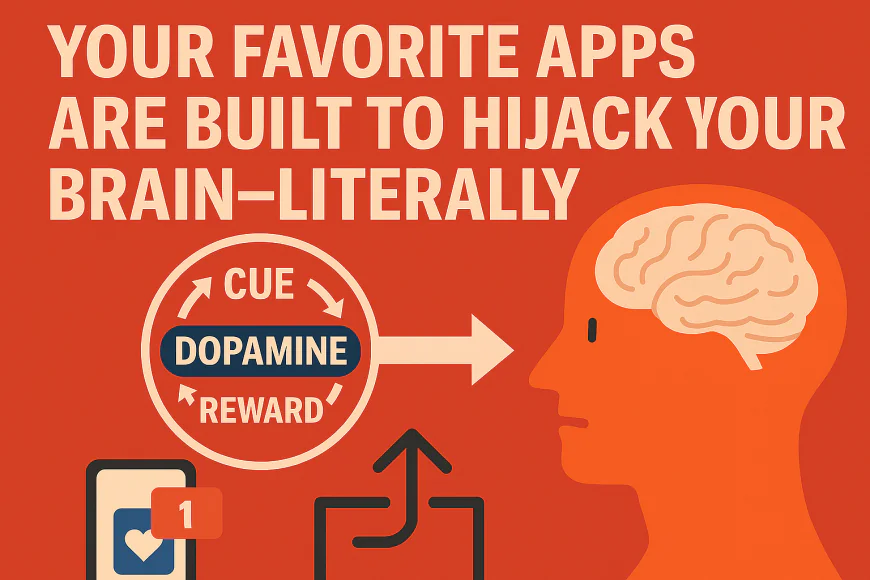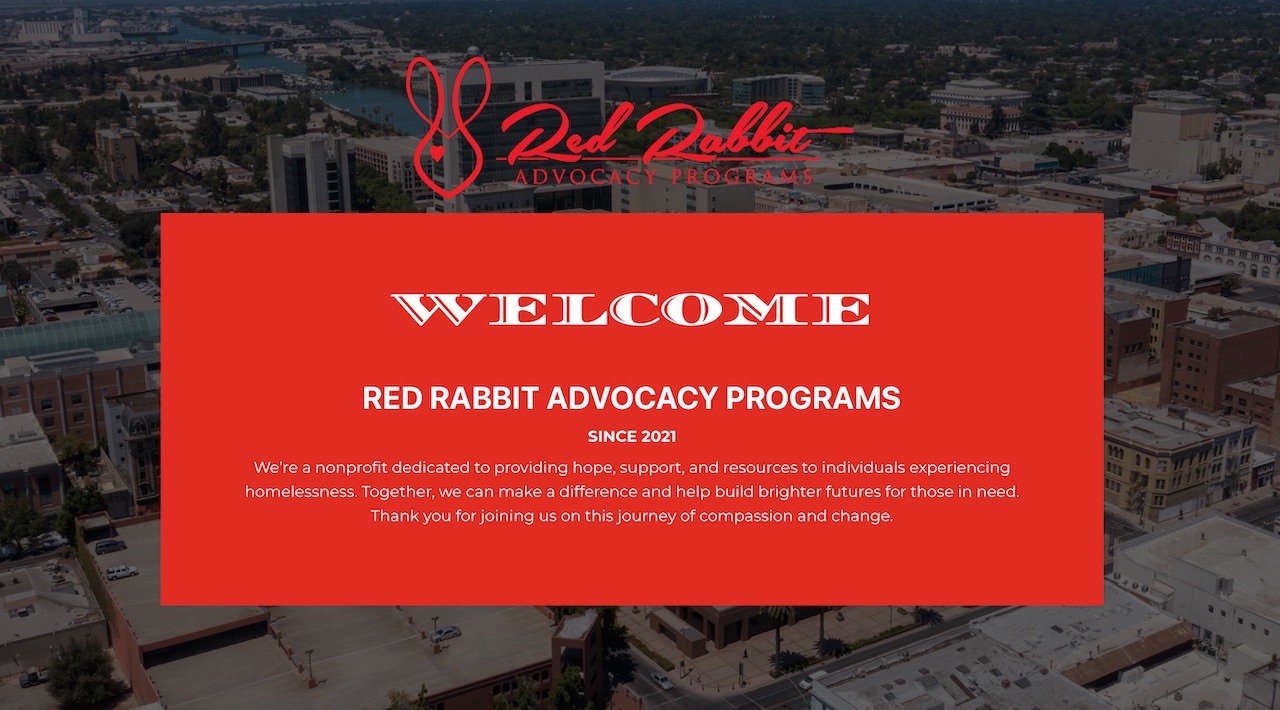Your Favorite Apps Are Built to Hijack Your Brain—Literally
The dopamine loop is not a metaphor. It’s a design goal. You don’t have a short attention span. Your apps have a long extraction strategy. The endless scrolling, the red notification dots, the buzzes that interrupt dinner—they’re not coincidences or harmless features. They’re refined psychological tools designed to hijack your brain’s reward circuits, trap your attention, and convert time into profit. Welcome to the attention economy, where your gaze is the product, and your brain is the battlefield.

🔁 The Dopamine Feedback Trap
Every app you love—or can’t stop opening without even knowing why—is riding one core mechanic: the dopamine loop. Here's how it works:
-
You get a cue: A ding. A red badge. A vibration.
-
You take action: Click, swipe, tap.
-
You get a reward: A like. A message. A video.
-
Your brain releases dopamine. Craving reinforced.
Do it once, and it’s pleasant. Do it repeatedly, and it becomes compulsive. Platforms like TikTok, Instagram, and X (formerly Twitter) have gamified the brain’s reward system to engineer compulsion—not joy.
⏬ Infinite Scroll: The Bottomless Bowl for Your Brain
Psychologist Brian Wansink once showed that people ate 73% more soup when it came from a self-refilling bowl. That’s what infinite scroll is: an algorithmic soup ladle refilling your feed on cue.
-
You never reach the end, so there’s no cue to stop.
-
Each flick becomes a slot machine pull—with unpredictable rewards.
-
FOMO kicks in, whispering: “Maybe the next post will be better…”
TikTok excels here. Every swipe triggers a fresh dopamine lottery. Some videos flop. Then—bam—something makes you laugh or cry or rage. Jackpot. Your brain wants one more hit.
🕳️ Dark Patterns: The Design Tricks Built to Trap
These aren’t bugs. They’re deliberate design choices. “Dark patterns” are interface tricks that manipulate behavior. You’ve probably seen them:
-
“Are you sure you want to leave?” with sad puppy eyes or shaming language
-
Tiny ‘x’ buttons so hard to tap, you accidentally stay
-
Auto-play next that removes your choice to exit
-
Delayed gratification (e.g. Snap streaks that "reset" after a lapse)
Dark patterns exploit cognitive biases: loss aversion, fear of missing out, herd mentality. They override intention with emotion.
🧬 Designed Addiction: The Developers Know
Many of these apps were built by people trained in behavioral psychology or persuasive tech at places like Stanford’s “Captology Lab.” Their job was never to create “tools.” It was to build habit-forming systems.
Tristan Harris, a former Google ethicist, has said it flat out: “We want to figure out how to get as much of your attention as we can possibly get.”
The goal isn’t utility. It’s dependency. The metric isn’t satisfaction. It’s time-on-app. And the best way to achieve that? Trigger your subconscious over and over, until opening the app isn’t a decision—it’s a default.
🧭 What’s at Stake
Let’s get real. It’s not just about procrastination. Attention is the currency of your life. When apps siphon it endlessly:
-
Focus fractures
-
Anxiety increases
-
Self-worth starts hitching to likes, views, validations
You’re not just giving away time. You’re giving away choice. You’re letting an algorithm decide what you care about today.
🧘♀️ Reclaiming Your Mind: Yes, It’s Possible
You don’t have to go live in a cabin. But you can set a few firewalls:
-
Turn off notifications for anything non-human
-
Use greyscale mode to strip away color triggers
-
Set app time limits (and honor them)
-
Keep your phone out of sight when doing real work
-
Watch for design manipulation—and call it out
Awareness isn’t just the first step—it’s the power they hope you never gain.
📣 This Isn’t a Glitch. It’s the Game.
Apps aren’t broken. They’re doing exactly what they were designed to do. Which means the more aware you are, the harder you are to exploit. And the more you speak out, the more pressure mounts on companies to build for people—not just profit.
Your brain’s not weak. It’s just being played. Now that you know the rules, maybe—just maybe—you’ll stop playing for free.
What's Your Reaction?
 Like
0
Like
0
 Dislike
0
Dislike
0
 Love
0
Love
0
 Funny
0
Funny
0
 Angry
0
Angry
0
 Sad
0
Sad
0
 Wow
0
Wow
0



























